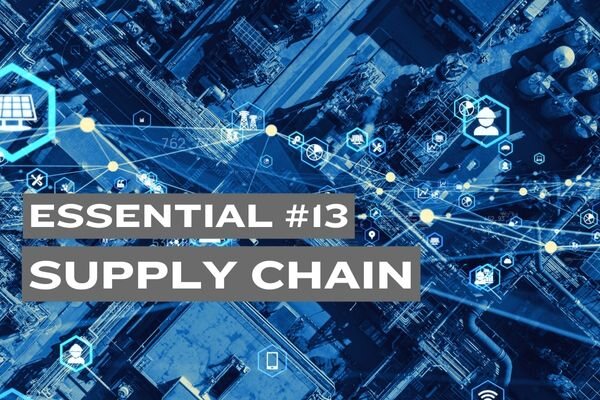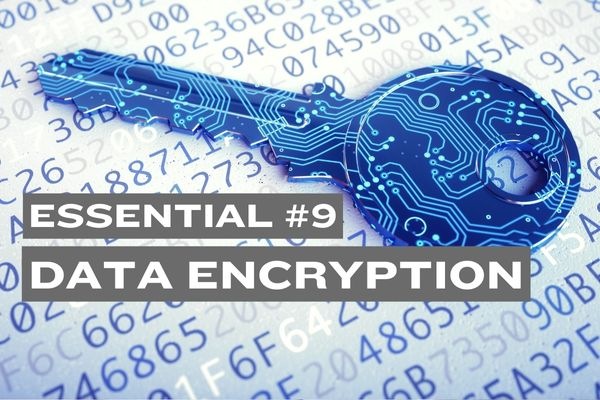Essential #3: Adopt a "Zero Trust" Approach

In a constantly evolving digital environment, adopting a "Zero Trust" approach is essential to strengthen your company's security. The Zero Trust philosophy is based on the fundamental principle of never trusting by default, whether inside or outside your network.
🔑 Key Principles of "Zero Trust"
-
Identity and Authenticity Verification
- Multi-Factor Authentication (MFA): Utilize multiple authentication methods to confirm user identities, adding an extra layer of security beyond just passwords.
- Identity and Access Management (IAM): Implement stringent access controls based on roles and specific needs to ensure that users have only the permissions necessary to perform their tasks.
-
Principle of Least Privilege
- Minimum Necessary Access: Grant each user or system only the level of access essential for their responsibilities, thereby reducing potential risks in case of a compromise.
-
Micro-Segmentation
- Network Isolation: Divide the network into smaller, more secure segments to limit the spread of threats in the event of an intrusion.
- Granular Controls: Apply specific security policies to each segment, ensuring tailored protection based on the unique requirements and threats of each area.
-
Continuous Monitoring and Analysis
- Constant Monitoring: Implement continuous surveillance of activities and behavior analysis to quickly detect and respond to anomalies or intrusion attempts.
-
Device and Data Management
- Device Security: Control and secure devices accessing the network to prevent unauthorized access and potential breaches.
- Data Protection: Secure data both in transit and at rest using robust encryption protocols to ensure its integrity and confidentiality.
📈 Benefits of the "Zero Trust" Approach
- Increased Resilience: Enhances your company's ability to withstand and recover from cyberattacks by establishing robust security measures.
- Comprehensive Visibility: Provides a complete view of all activities and access within your network, facilitating better monitoring and threat detection.
- Regulatory Compliance: Aids in meeting current security standards and regulations, reducing the risk of non-compliance penalties and boosting your organization's reputation.
- Adaptability and Flexibility: Perfectly suited for hybrid environments and remote work models, allowing your security posture to adapt to evolving business needs.
⚠️ Challenges of Implementation
- Integration Complexity: Implementing a Zero Trust architecture can be complex, requiring significant changes to existing systems and processes.
- Initial Costs: The upfront investment for tools, training, and infrastructure upgrades can be substantial.
- Ongoing Maintenance and Management: Continuous monitoring and updating of security policies require dedicated resources and expertise.
🔗 Stay Connected and Follow this Series
Follow our Blog to ensure you don't miss the upcoming posts in the "Security Essentials" series. By following this series, you will benefit from:
- Practical Advice: Concrete actions you can implement immediately to enhance your security posture.
- Proven Strategies: Approaches validated by cybersecurity experts to effectively combat threats.
- Recommended Tools: Technological solutions tailored to meet your specific security needs.
- Case Studies: Real-world examples demonstrating the effectiveness of best practices.
Whether you're an SME or a large enterprise, "Security Essentials" is designed to provide you with the knowledge and tools necessary to build a robust defense against cyber threats.
Together, let's build a strong and resilient defense against cyberthreats.





